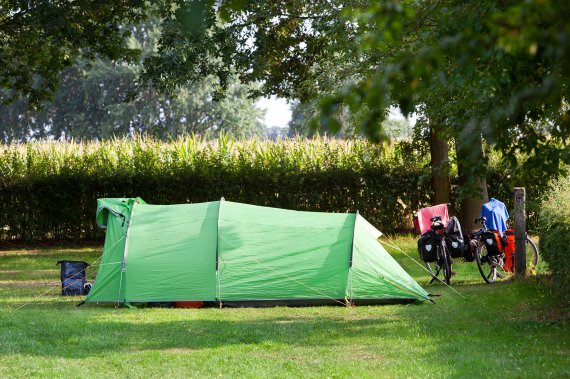According to WEcR, one in four farms are now multifunctional.
‘My colleagues at Wageningen Economic Research use a socially acceptable but limited definition of multifunctional. They leave out on-farm activities such as wind turbines and riding stables. If you include these, the total scale of multifunctional agriculture is much bigger than the 887 million euros calculated by Wageningen Economic Research in 2018. And it was only calculated the turnover at the farm level, and not at the area level. I think multifunctional farmers generate economic value beyond the farm. I would venture to state that houses next-door to an intensive pig farm are generally worth less than houses next-door to a multifunctional farm. Multifunctional farms also strengthen other kinds of economic activity in the countryside. The precise value of that is hard to calculate, though.’
The study shows that nature conservation is not a very lucrative sideline.
‘True, the number of farms that generate income with that has gone down. Farmers using to agree to conservation packages that they could implement quite easily, but standards have gone up and the areas that qualify are smaller. So nature and landscape management is not a money-maker. That might change with the new government plans for circular agriculture, but it all depends how that is interpreted.’
Is there more growth to come in the field of multifunctional agriculture?
‘There is the potential for it. There is a growing demand, for instance, for small-scale care facilities in a green environment. And the strength of multifunctional farms lies in their ability to combine different activities. The care farm grows vegetables or keeps livestock in order to offer its clients meaningful work. Then the same clients can sell vegetables or meat in the shop, attracting friends and family. This often makes the combination of activities a strong business model.’

 Photo: Shutterstock
Photo: Shutterstock